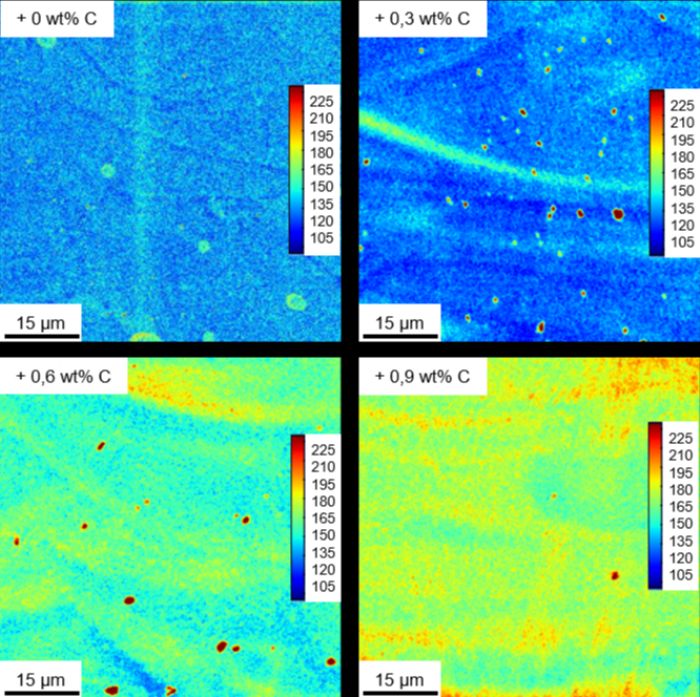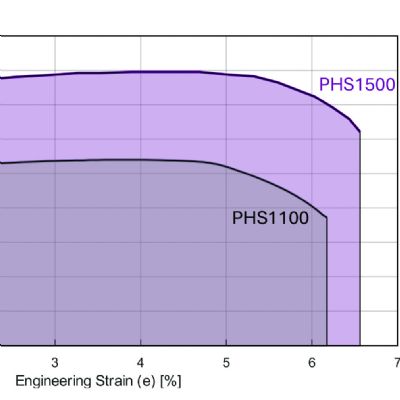Research Confirms Custom-Made Properties for LPBF Steels
August 30, 2021Comments
 Alloys composed specifically for laser powder-bed fusion (LPBF) can lead to optimum production and application-adapted mechanical and microstructural component properties. Unfortunately, selection of LPBF-customized alloys is limited. To help provide a remedy, researchers from the Chair Digital Additive Production (DAP) and the Steel Institute IEHK at RWTH Aachen University in Germany have taken the approach of adding elementary powders to pre-alloyed, already established powder materials to specifically influence their chemical composition. They report the ability to modify the properties of additively manufactured steels in their experiments.
Alloys composed specifically for laser powder-bed fusion (LPBF) can lead to optimum production and application-adapted mechanical and microstructural component properties. Unfortunately, selection of LPBF-customized alloys is limited. To help provide a remedy, researchers from the Chair Digital Additive Production (DAP) and the Steel Institute IEHK at RWTH Aachen University in Germany have taken the approach of adding elementary powders to pre-alloyed, already established powder materials to specifically influence their chemical composition. They report the ability to modify the properties of additively manufactured steels in their experiments.
In additive manufacturing (AM), microstructural and mechanical component properties can be adapted to later application requirements through targeted compositions of the powder material. The LPBF process offers this ability through the use of pre-alloyed powder materials. This is where Rapid Alloy Development (RAD), under study by these researchers and funded by German Research Foundation and the German Federal Ministry of Education and Research, comes in. With RAD, pre-alloyed powder materials are employed as a starting base and purposefully modified by adding elemental powders, thus creating powder blends efficiently optimized for LPBF processing.
In the application example cited by the DAP Chair and IEHK, researchers there modified the properties of a pre-alloyed steel powder (X30Mn22) by precisely adjusting the carbon content. Carbon, they note, influences processability of the material in the LPBF process as well as the tensile strength and elongation at break of the manufactured components. To investigate the properties of different powder compositions, powder blends consisting of X30Mn22 powder and carbon powder of different proportions were qualified for the LPBF process (to 1.2 wt.-percent carbon), with a relative density of greater than 99.8 percent achieved for all compositions.
After successfully qualifying the LPBF process for processing the powder blends, the team manufactured further samples for analysis of microstructure and mechanical properties. Electron-beam microanalysis showed even carbon distribution in the matrix (pictured), with this distribution transitioned into the alloy. This homogeneous transition can be seen through the uniform change of color. In addition, the researchers compared behavior of the samples produced from powder blends with the known properties of the samples made from pre-alloyed steel powder of the initial composition. Tensile tests proved the successful adaptation of the powder-material properties.







